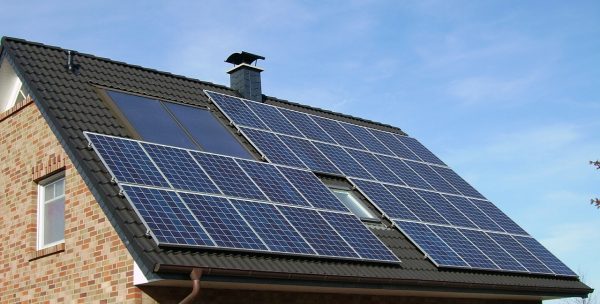
The sun is a great source of energy, and as the prices of oil and gas continue to increase, it would be a perfect replacement for whatever resources you use in your home now. Because of the high fuel and gas prices, more and more people are experimenting on the use of solar energy in their households in their attempts to minimize the costs of basic utilities.
The sun’s energy can be harnessed in different ways depending on how you’re looking to utilize the end product. Your first option is solar collectors, which are placed on rooftops and/or inside buildings. The main purpose of these solar collectors is to provide heating and even ventilation for the houses and buildings. These collectors harness the sun’s energy by magnifying the sunlight several times and transferring that heat to either air or water. That heated air/water is then stored and provides the building or home heating and hot water whenever needed.
The only problem here is that not all locations receive equal amounts of sunlight. As you go farther from the equator, the strength of the sun is reduced. But it’s still a much better solution than relying on electric grids that don’t reach remote areas. It is just a matter of storing the generated heat properly. For example, some buildings in Sweden utilized an underground storage facility where solar energy is stored resulting to savings from heating the building and their water.
In areas where gas and fuel aren’t available/affordable, residents have to rely on solar cooking for their meals. They use bowl shaped discs equipped with mirrors or reflectors that direct all the sunlight to the center (of the bowl) where the pot is placed. This technology is being regularly used in India, Sri Lanka, and Nepal, and it serves as a good alternative to conventionally-fueled (coal, wood, gas) stoves. They can use these solar stoves during a sunny day and fall back on traditional methods when the weather is not that good.
Different communities’ reliance on solar cooking should encourage more studies on how to make photovoltaic cells cheaper for an ordinary household. At this time, the use of solar cells is not economically friendly for a single household. However, the ideal plan would be to install a series of solar panels which would be shared by the whole community.
In some areas, community cooperatives have found ways to bring electricity to households out of reach of power grids. In the Philippines for example, a local cooperative provided households loans to enable them to install a basic solar power module that produces enough electricity for three light bulbs. This may be laughable in our standards, but to people who have lived all their lives by the flickering light of the candles, three electric light bulbs make a great deal of a difference.
The story is the same in other countries. In Israel, the high costs of photovoltaic cells have clamped down the growth of solar energy in the country. It’s fortunate, therefore, that the Israeli government is now providing incentives for households to switch over to solar energy.
According to industry analysts, the costs of solar cells production will go down as the demand increase. Most are hopeful that recent discoveries and advancement in technologies will find a way to bring down the costs of using solar energy; after all, ordinary households using solar energy is an ideal scenario that we should all strive to achieve.

